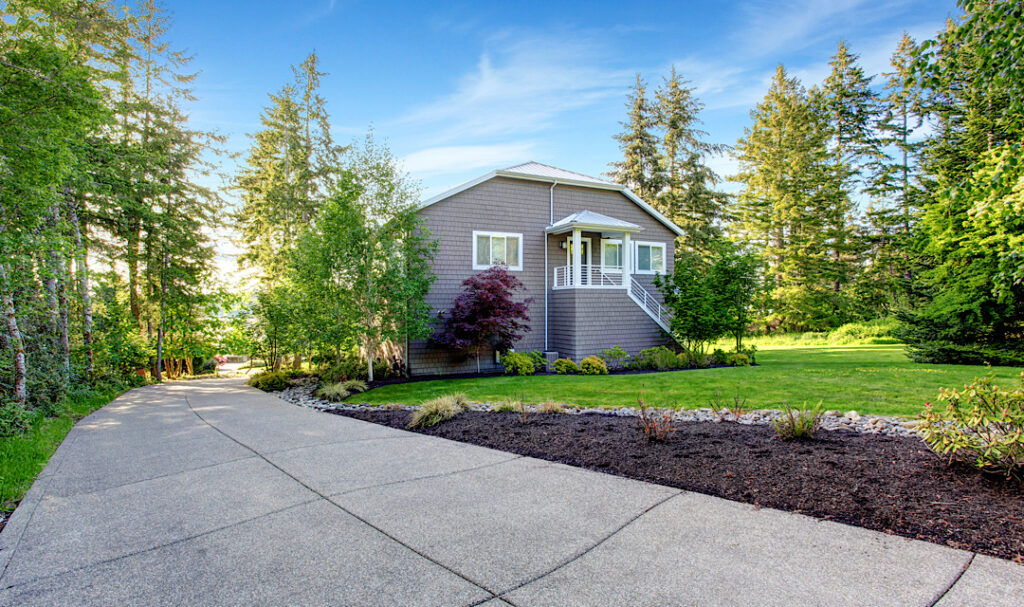Exploring Mudjacking in Denver
Mudjacking, also known as slabjacking, is a practical and cost-effective method for raising and stabilizing sunken or uneven concrete slabs. This technique involves injecting a slurry mixture beneath the concrete to elevate it back to its original level. In Denver, mudjacking has become increasingly popular due to the city’s expansive soil types and fluctuating weather conditions, which often lead to ground movement and settlement issues. This article delves into the science behind mudjacking, its effectiveness in Denver, and the role soil stabilization plays in prolonging the life of concrete surfaces.
The Mudjacking Process
Mudjacking begins with drilling small holes into the affected concrete slab. A mixture of soil, water, and cement, commonly referred to as ‘slurry,’ is then pumped under the slab through these holes. As the mixture flows beneath the surface, it fills voids and raises the slab until it is level with the surrounding area. Once the leveling is achieved, the holes are sealed with concrete, and the surface can be used almost immediately.
The effectiveness of mudjacking is largely dependent on the skill of the technician and the quality of the materials used. According to industry experts, mudjacking not only lifts the concrete but also stabilizes the soil beneath, preventing further sinking and cracking caused by the voids left by soil erosion or compaction issues.
Soil Stabilization Techniques in Denver
Soil stabilization is crucial in Denver due to the region’s expansive clay soils, which undergo significant volume changes with moisture fluctuations. These soil movements often lead to foundation problems for buildings and infrastructure. Techniques such as chemical injection, where stabilizing compounds are introduced into the soil, and mechanical compaction, which increases soil density, are used to enhance soil stability and support the effectiveness of mudjacking.
Studies have shown that proper soil stabilization can significantly extend the lifespan of mudjacked slabs by creating a more stable base that reduces future soil shifting. Engineering reports from Denver suggest that incorporating soil stabilization into mudjacking projects not only enhances durability but also contributes to the overall safety and integrity of the concrete structures.
Mudjacking’s Effectiveness in Denver
Denver’s climate, characterized by cold winters and hot summers, along with its problematic soil types, makes mudjacking a suitable solution for concrete repair. Unlike new concrete installation, mudjacking offers a quicker, less invasive, and more cost-effective alternative. Most mudjacking projects can be completed in a few hours and are significantly less disruptive than complete slab replacement.
Furthermore, the environmental impact of mudjacking is minimal compared to the substantial waste generated by removing and replacing concrete. Mudjacking utilizes natural materials and produces little to no waste, aligning with the city’s environmental conservation goals.
